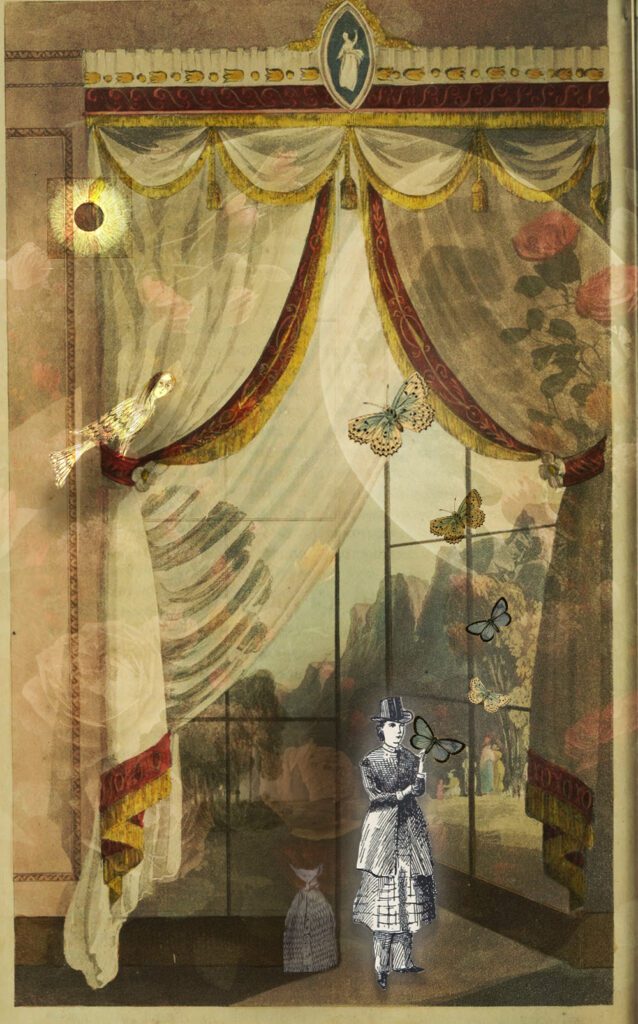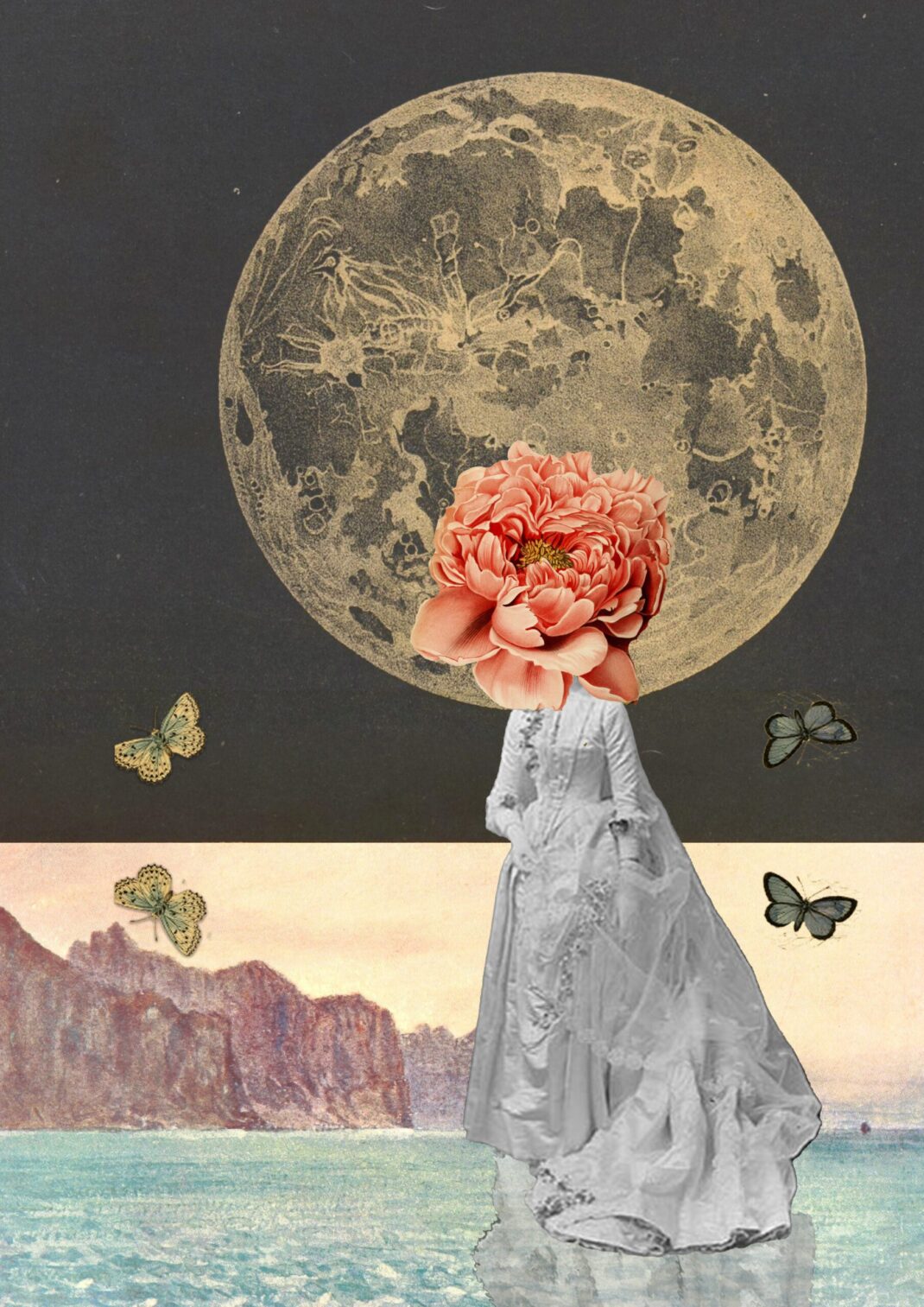It’s been a while since I posted on here. This is mainly because I’ve been busy with collaborative and commercial projects. I’ve been busy thinking about flower-headed figures and the moon, and how I might incorporate small hand-drawn creatures into collage. But I also wanted to pick up the conversation about image and text, this time thinking about Broadsides.
Broadside ballads were popular between the 16th and 19th century. Printers quickly used single sheets of paper to share news, stories, songs, and poems as part of a street-festival culture.
As printing technology improved, the themes of broadside poems diversified, and they began to focus on love, adventure, and tragedy. They were set to music, performed in public and shared.
You can see some wonderful examples of broadsides in The British Museum. And an interesting example of how they influenced typeface from Design History.
I wonder about the potential of broadsides in the world of publishing and poetry. Visual poetry is an exciting medium to work in and text consumed on screen can be energised by images. The affordances of the digital might be used to transform the idea of the broadside as a space to share provocations and ideas, and provoke empathy.
Excitingly, they were also collaborative, and influenced the development of artistic communities and collectives seeking to dissolve the traditional hierarchies of the art world and foster collaboration and experimentation. And they were influential in the development of graphic design and typography. Black Mountain college produced some exciting poet/artist broadsides.
Either way, perhaps Broadsides have potential to be magical artefacts, tangible, real things which might bring word and text to a wide audience. And so they felt worth writing about.

